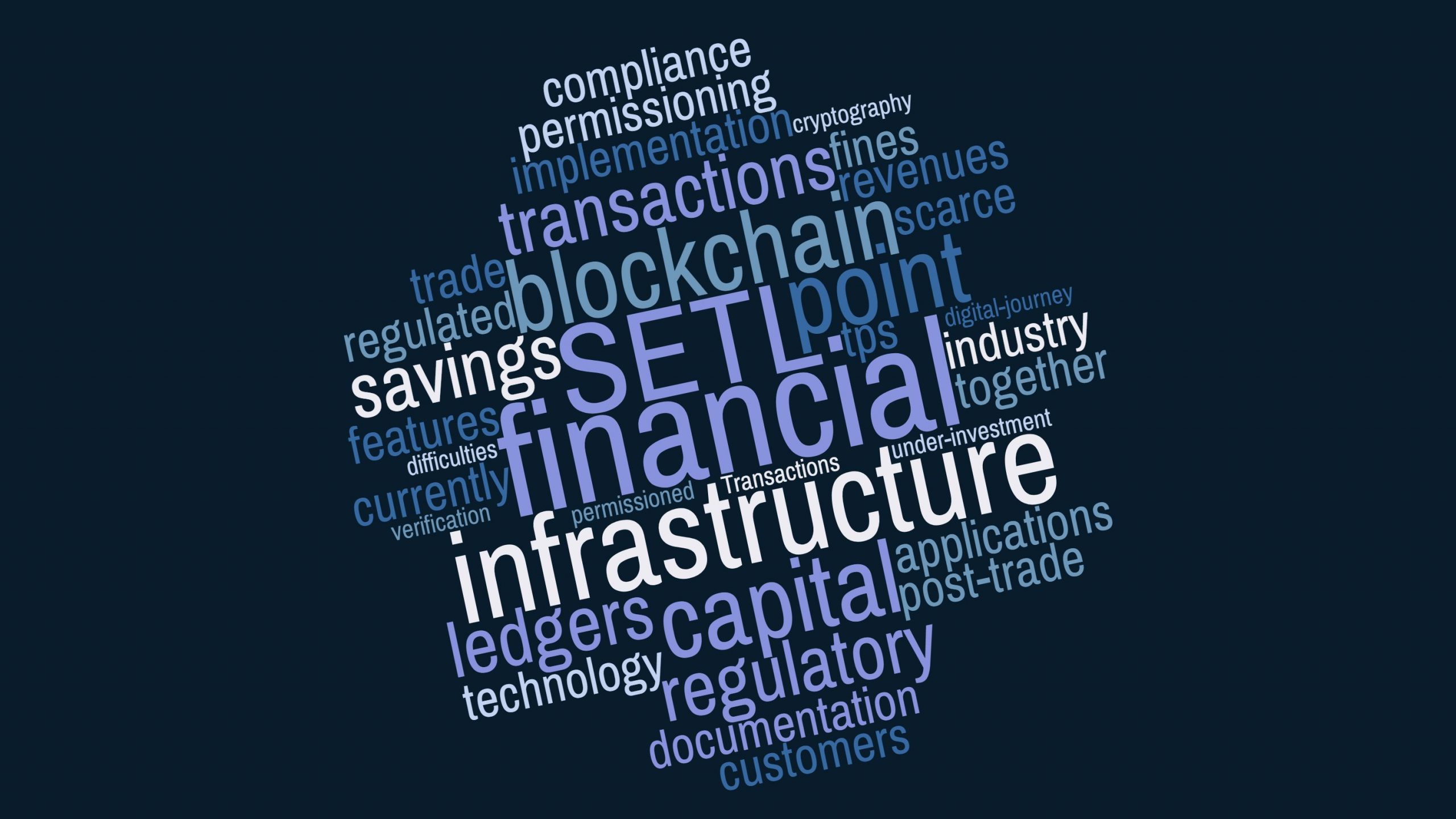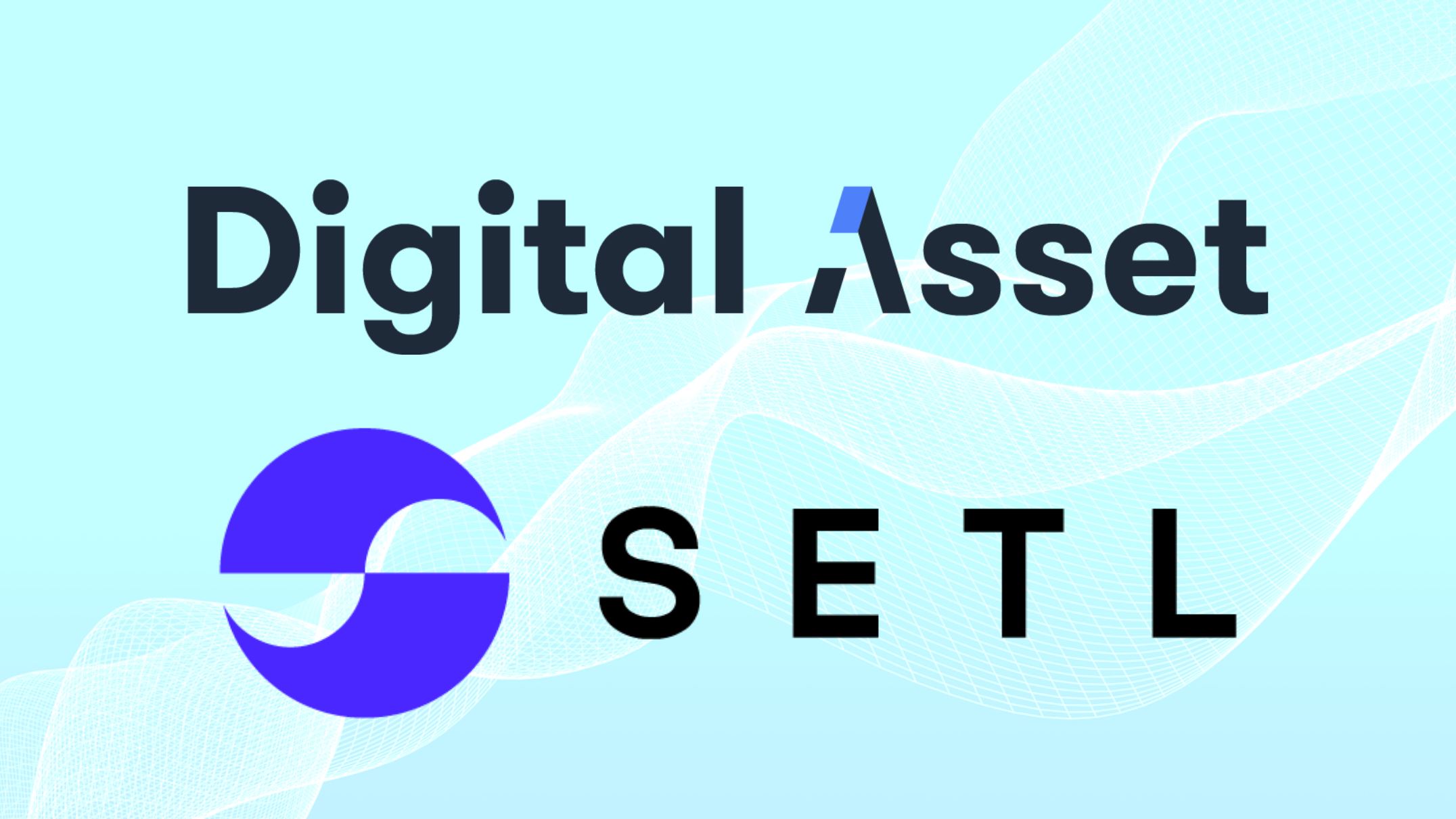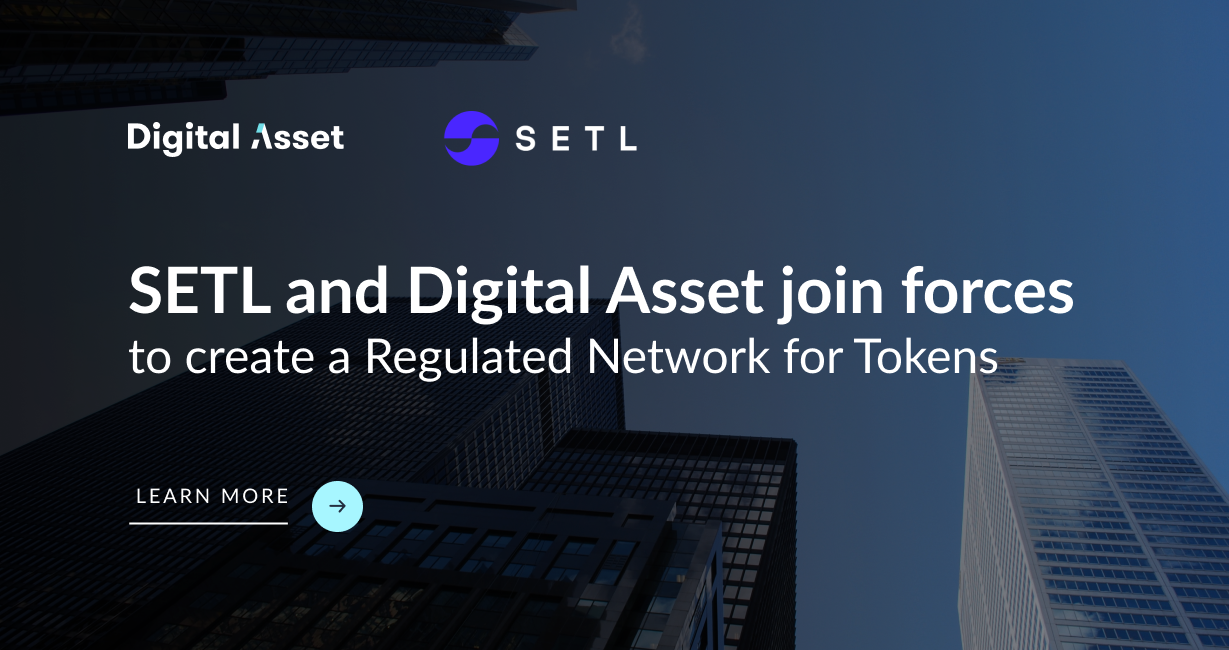A Few Words on the Post Trade Business Case for SETL’s Blockchain
By Peter Randall, SETL President
7/8/2019
Front and center of all discussions at the moment in the financial markets is the search for finding real cost savings in infrastructure. Since the global financial crisis, most financial market participants have experienced a steady increase in both the costs and difficulty of growing their revenues. Regulators have demanded much more stringent use of increasingly rare and scarce capital and have been unstinting in their efforts to use regulatory fines and charges to influence compliance with the rules. This has meant that revenues have been much harder to garner.
The new battle-ground for competition is rapidly becoming the previously overlooked area of ‘Post Trade Services’. There are good reasons for this, post trade infrastructure ties up significant amounts of very scarce capital, the argument goes that rather than using capital to support the post trade area it’s much better to re-deploy it into more productive use in the front office. A second reason is the chronic under-investment in fundamental technology which has been a problem for at least the last decade. The current processes, whilst they work are cumbersome, expensive and often at their core ‘batch’ processes. This makes complying with new regulations very complex and expensive and frequently results in regulatory sanctions and fines. A third reason is the growing realisation that finance like many other industries still needs to make progress on its ‘digital-journey’. The opportunity of course is to engineer systems that save costs, conserve capital, and allow a bank’s customers to become its ‘unpaid employees’ by processing their own transactions.
It is hard to disagree that distributed ledgers that are assured to be binary identical would represent a great ‘leap forward’ in the search for post-trade infrastructure savings. Not only because the technology they run on is cheaper than the current offering but mainly because they allow the expensive legacy infrastructure they replace to be retired.
Before SETL cut a line of code for its industry leading blockchain, we carefully considered what features would be required by financial institutions for their post-trade applications. We concluded that there were five principal requirements;
- Speed; a minimum of 20k transactions per second [tps] which can comfortably handle the peak output of a closing auction at a major trading venue. Anything less and trades will get ‘behind the tape’ with consequent regulatory attention. SETL currently processes over 30k tps
- Capacity; the importance of this cannot be overstated. In order to make a difference there is no point in just offering a point to point messaging service. No point, because then nobody gets to save any money! It only begins to make sense if the individual ledgers at the various counterparties can be posted to remotely. This means lots of ledgers need to be addressed. SETL can currently post to over 100 million fully replicated active addresses.
- Privacy; this is a twin bedfellow of permissioning, only those who are permitted to see transactions for their day to day work are permissioned to do so. Identity and rank are operated separately. Transactions and state are written together which allows regulators and compliance to have a feature rich array of data to analyse in real time if necessary. SETL’s Open CSD allows permissioning and feature rich applications like ‘power of attorney’ to be delivered.
- Cyber Security; this is of critical importance, as financial records and trust go together it is very important that from design, through coding, implementation and operations that due consideration is given to the needs for the highest levels of cyber awareness and security. This is not a debate about the cryptography or the arcane arts of BFT, it is about discipline, verification and best practice. SETL has various methods to ensure that this function is delivered properly.
- Open source; for obvious reasons such as the difficulties of licensing, through change control, and production efficiency it makes much more sense for SETL to retain the IP in its software so that customers can be sure of what they are getting and documentation can be comprehensively delivered. The need for comprehensive and detailed documentation, whilst considered by many to be ‘off the critical path’ is in fact, especially in the financial services industry, critical.
The combination of these features in SETL’s projects go a long way to explaining why we have delivered the only ‘regulated blockchain’ in the world and the only regulated blockchain to be connected to a RTGS system to provide for settlement finality. The implementation of a SETL blockchain has delivered real savings against the incumbent infrastructure. This is the business case.



